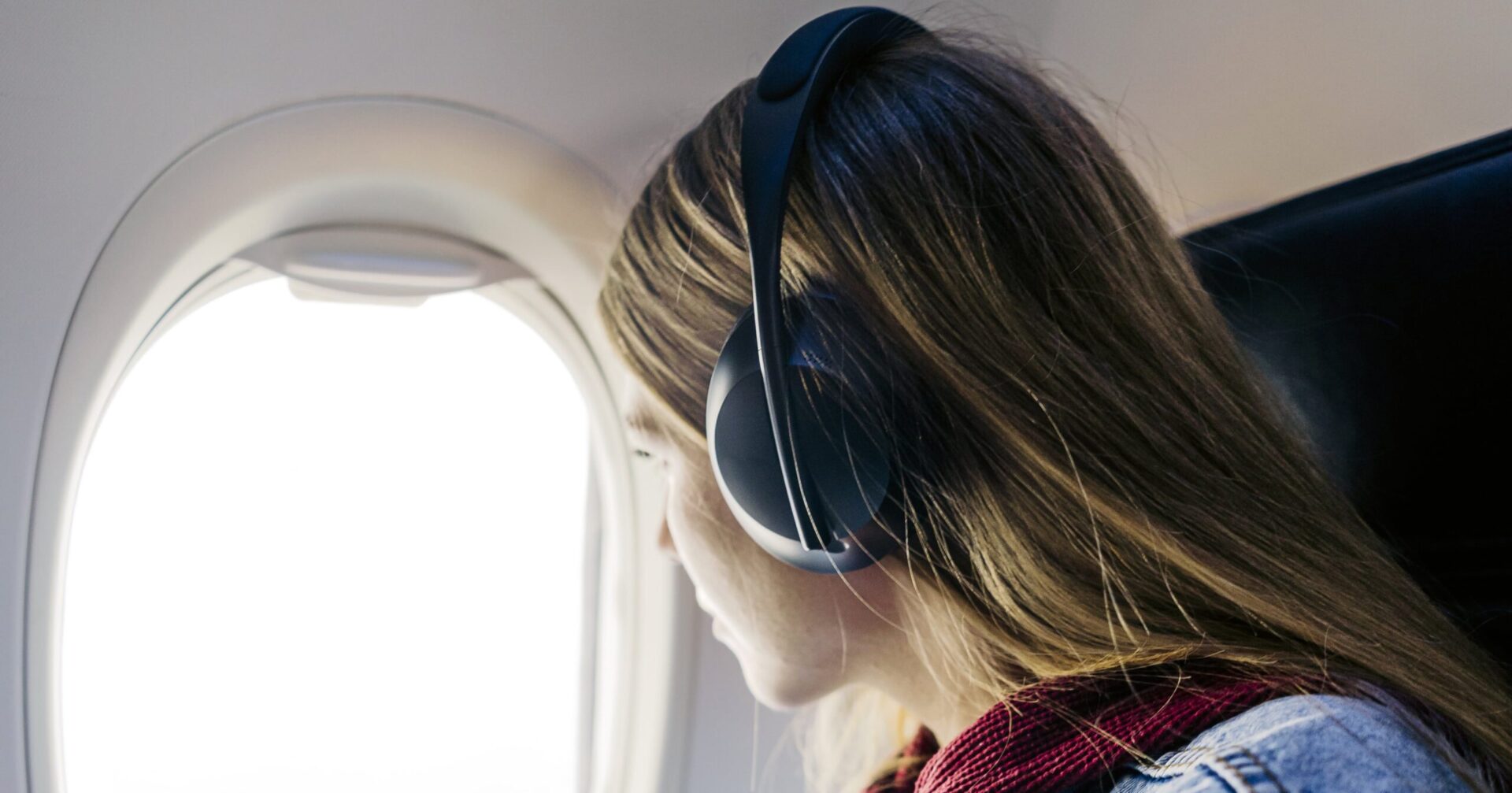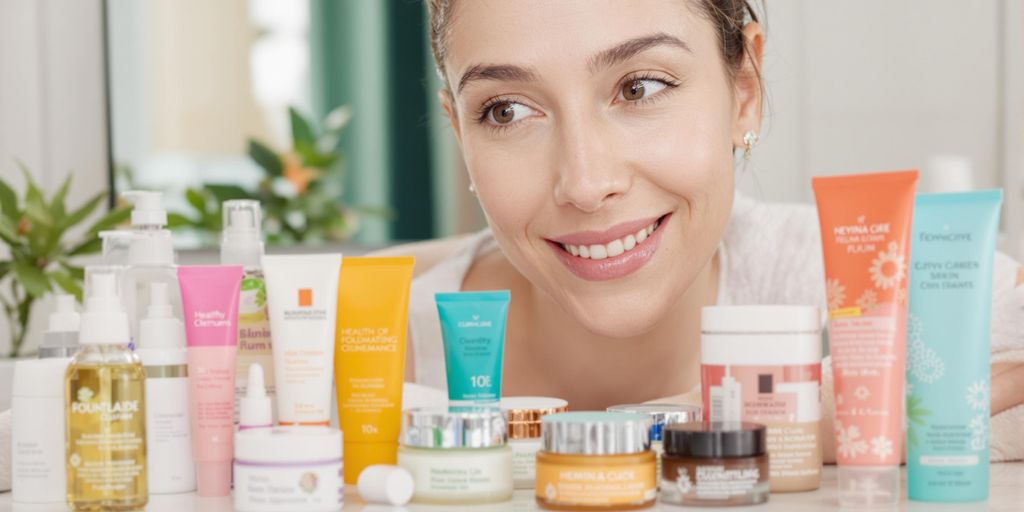The end of summer doesn’t call for putting away your sunscreen. A common misconception is that sunscreen is only necessary for sunny, summer weather. In reality, skin protection should be maintained all year round. However, did you know it is also crucial to wear sunscreen while flying?
Yes, that’s right. If you happen to have a minimalist checklist for your flight – maybe a neck pillow, an eye mask or a full skincare routine – it’s time you add SPF to your list. It may come as a surprise to many, but sun exposure is actually at its worst while you’re soaring through the sky, making it essential to lather up on the SPF.
Our article aims to educate you about why SPF is crucial while flying. It also provides an understanding of which products to use and what to avoid for in-flight skincare. So, keep reading to learn more about protecting your skin miles above the surface of the Earth.
Skin experts have shed some light on the possible sun exposure while onboard an airplane. The general consensus is that if you’re flying during the day, especially from a window seat, sunscreen is an absolute necessity. Extra caution is required because of potential extended exposure in such proximity to a window and to destructive UV rays, particularly UVA, through the window. Understandably, you might be more exposed to UV radiation on the plane because of the altitude and the thinner layer of the atmosphere.
UVA rays can penetrate windows, and they are primary contributors to premature aging, photodamage, and an increased risk of skin cancers. Studies also show that airplane pilots and cabin crew are exposed to a higher risk of skin cancer due to significant exposure to UV radiation during flights.
So how do we fight this harmful sun exposure? It’s simple: Wear sunscreen. Closing the shade to the window can decrease UV exposure significantly. But there are times when the flight crew instructions require opening shades, and some planes have auto-darkening windows that may not completely block sun exposure. Hence, just as when you’re on the ground, wearing an ample amount of SPF is your best bet when it comes to protecting your skin. It is advised to use a physical sunscreen that includes zinc oxide and titanium dioxide.
Remember, sunscreen should be reapplied every two to three hours to all exposed areas such as your face, neck, and arms. Good news for frequent flyers – you can bring your sunscreen onboard the flight. Just ensure it is equal to or less than 3.4 ounces. Sunscreen can be carried in both cream and aerosol form. You can also rely on UV protective clothing and sunglasses while in-flight. Sunglasses and long sleeves are a must, particularly for individuals with a history of skin cancer. Also, consider using a lip balm containing SPD 30 or higher, and don’t forget to apply a UV protectant to your hands.
While assembling your in-flight skincare kit, there are some ingredients you should consciously avoid. Anything that might escalade sensitivity to UV light like retinols, AHAs, or BHAs should not be used before or during a flight. Furthermore, try to avoid heavy occlusives or rich moisturizers as they can trap heat and sweat, which could inevitably lead to clogged pores. In contrast, focus on hydrating and protective products, such as hyaluronic acid serums and lightweight, non-comedogenic moisturizers.
Do consider integrating goods rich in antioxidants into your pre-flight skincare regime. Antioxidants like vitamin C can help mitigate the adverse effects, like photoaging and inflammation, of UV exposure. Make sure to keep all these tips in mind on your next flight. Happy travels!





![“Kerassentials Review” : [My Updates Reviews 2024] — Does It Work & Is It Safe? 4 049e8bfe 6112 4c16 aa9b b331dee37d90 “Kerassentials Review” : [My Updates Reviews 2024] — Does It Work & Is It Safe?](https://beautinews.com/wp-content/uploads/2024/10/049e8bfe-6112-4c16-aa9b-b331dee37d90.jpg)